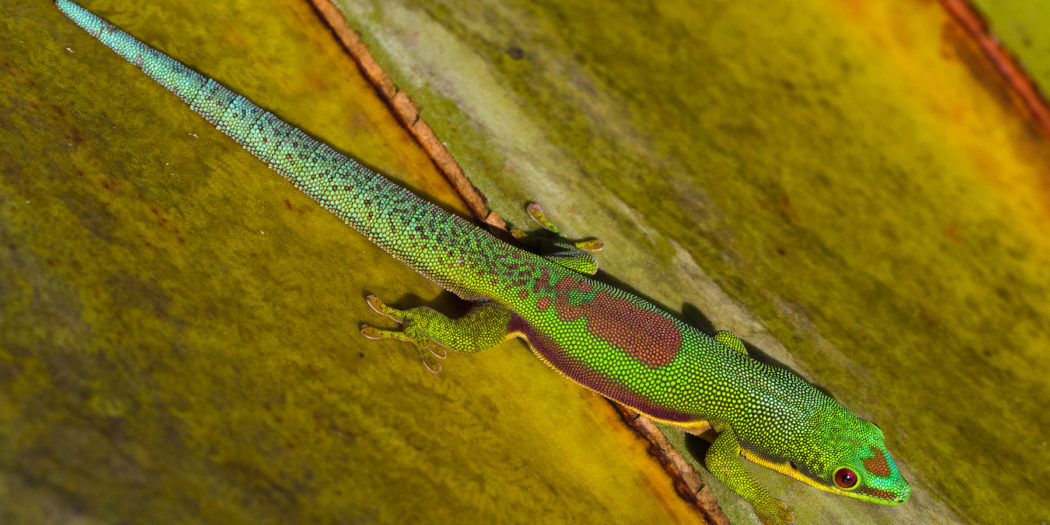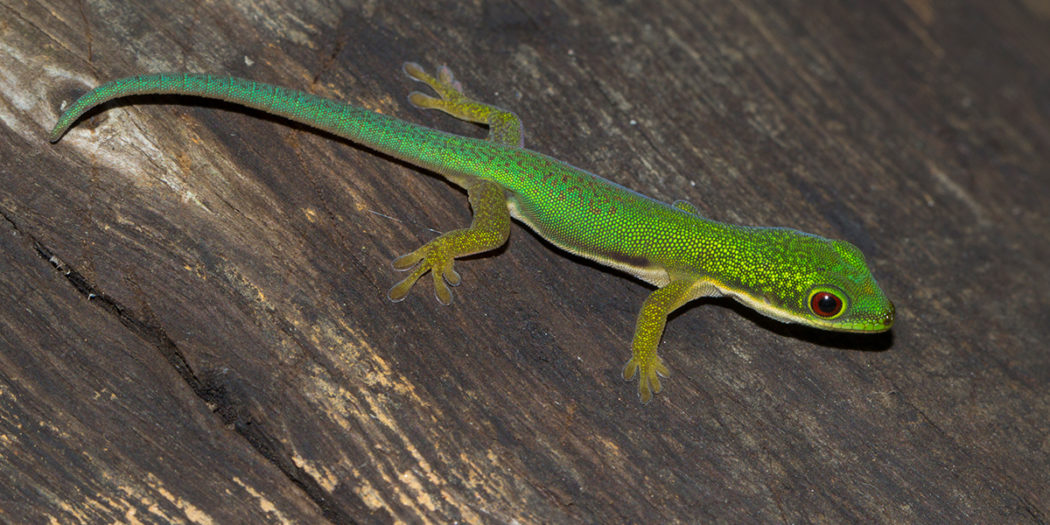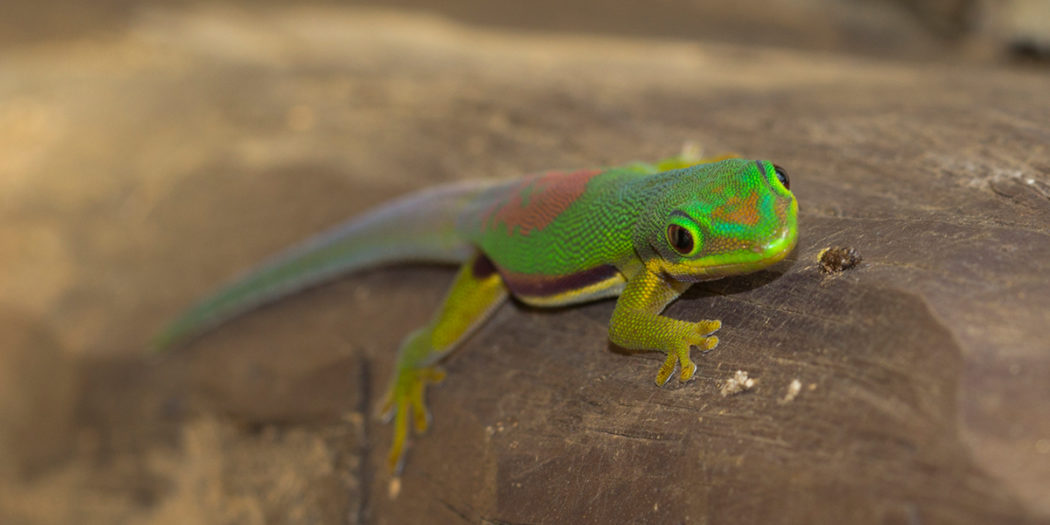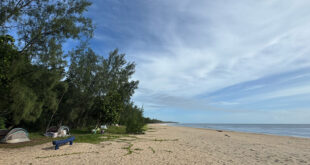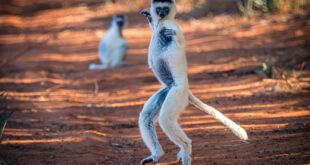There are still many geckos on Madagascar whose species status is not completely clear. One of these species is Phelsuma lineata, the Lined Day Gecko. It is named after the black stripe that runs along the side of its body. Currently, four subspecies of the Lined Day Gecko are known, which are distributed all over Madagascar. They differ not only in their habitat but also in size and coloration.
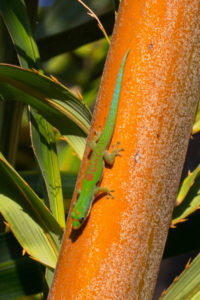
The smallest Lined Day Gecko is Phelsuma lineata bombetokensis with 10 to 11 cm total length. It lives in the dry, hot west of Madagascar. Its range extends from Ankarafantsika National Park through Marovoay to the Bay of Bombetoka, which gives its name to the port city of Mahajanga. Its habitat is raffia palms and other tall palm plants. This subspecies tends not to go near human dwellings. This Lined Day Gecko is easily recognized by its yellow eye-ring, which the other subspecies do not have.
The Lined Day Gecko Phelsuma lineata lineata lives in the eastern as well as southeastern highlands and on the east coast of Madagascar. In and around the Andasibe-Mantadia and Ranomafana National Parks, these geckos are often found on the walls of houses, wooden huts and on the travelers’ tree. With up to 14.5 cm total length, it is the largest striped day gecko on the island – and certainly the most photographed.
In the central highlands of Madagascar lives another subspecies of the Lined Day Gecko, Phelsuma lineata elanthana. You can find them with some luck in gardens directly in the capital Antananarivo. These Lined Day Geckos reach a total length of up to 12 cm. They inhabit banana plants, palm trees and sometimes house walls.
The most cryptic Lined Day Gecko lives far away from any civilization in the Tsaratanana Mountains. Phelsuma lineata punctulata inhabits altitudes up to 2850 m and is considered a rock dweller. This gecko gets its name from the many black dots on its back. It reaches total lengths of up to 11.5 cm. Thanks to its remote habitat, there are only a few photos of this striped day gecko.
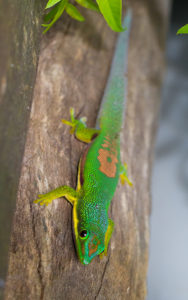
All striped day geckos have in common that their reproductive season is during the rainy season. During this food-rich phase of the year, the geckos mate and then go their separate ways again. The female lays two small white eggs every four weeks. She does not need to mate again each time to do this – the small geckos are able to store semen. They can therefore fertilize several clutches in succession with the sperm from a single mating. The hard-shelled eggs are laid sheltered in leaf axils or cavities in palms and tree trunks.
The young geckos hatch after only six weeks. They are immediately fully self-sufficient. However, tiny geckos are easy prey for larger predators. In Madagascar, these include not only other geckos – even those of their own species – but also spiders, praying mantises, chameleons and other lizards. Incidentally, the weather determines which sex hatches from the eggs of the small day geckos: If it is cooler, more females emerge; if it is very warm, more males. Once a Lined Day Gecko has passed the first months, it becomes sexually mature at six to nine months. Then the life cycle of the Lined Day Gecko begins anew.
 MADAMAGAZINE Your Magazine about Madagascar
MADAMAGAZINE Your Magazine about Madagascar
